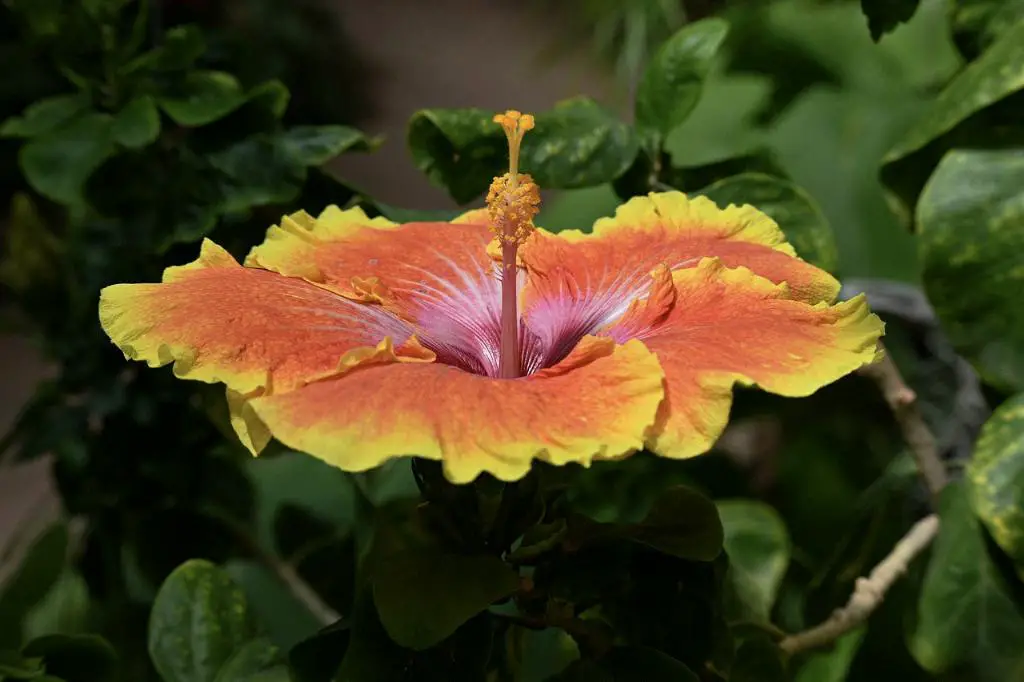When it comes to natural remedies for managing high blood pressure, hibiscus tea has gained popularity for its potential health benefits. Hibiscus tea is known for its rich, red color and tart flavor, making it not only a refreshing beverage but also a heart-healthy option.
To make hibiscus tea for high blood pressure, start by obtaining dried hibiscus flowers. These can usually be found in health food stores or online retailers that specialize in herbal teas and remedies. The next step involves measuring out about 2-3 teaspoons of dried hibiscus flowers per cup of water you plan to use.
Boil about 4 cups of filtered water on the stove or using a kettle. Once the water reaches a rolling boil, remove it from the heat source and add the dried hibiscus flowers to the hot water. Allow the flowers to steep for about 5-10 minutes to extract all the beneficial compounds.
If you prefer a stronger tea, you can steep the hibiscus flowers for a longer period. After steeping, strain the hibiscus flowers from the liquid using a fine mesh strainer or a tea infuser. Some people like to add a touch of sweetener like honey or agave to enhance the flavor of the tea.
For those interested in making Sun tea, you can place the dried hibiscus flowers in a glass container filled with cool water and leave it in direct sunlight for several hours. This method allows the tea to infuse slowly with the sunlight, creating a unique flavor profile.
It’s important to note that hibiscus tea is known for its potential blood pressure-lowering effects; however, it should not be used as a replacement for medications prescribed by a healthcare professional. If you are currently taking medication for high blood pressure, consult your doctor before incorporating hibiscus tea into your routine.
When preparing hibiscus tea, opt for organic and high-quality ingredients to ensure you’re getting the most benefits from the tea. Dried hibiscus flowers should be vibrant in color and have a fresh aroma, indicating their potency and freshness.
Aside from its potential to help manage high blood pressure, hibiscus tea is also rich in antioxidants, which can help combat inflammation and oxidative stress in the body. Regular consumption of hibiscus tea may also support overall heart health and contribute to a well-rounded wellness routine.
Experiment with different brewing methods and flavor additions to find the perfect cup of hibiscus tea that suits your taste preferences. Whether you enjoy it hot or iced, hibiscus tea is a versatile beverage that can be enjoyed throughout the day as a soothing and health-promoting drink.
Remember to store any leftover hibiscus tea in the refrigerator to maintain its freshness and flavor. You can reheat the tea or serve it over ice for a chilled option. Be mindful of your caffeine intake if you’re sensitive to stimulants, as hibiscus tea is naturally caffeine-free.
In conclusion, hibiscus tea can be a delicious and beneficial addition to your daily routine, especially if you’re looking for natural ways to support your cardiovascular health. By following a few simple steps, you can easily prepare hibiscus tea at home and enjoy its vibrant color and tangy taste while potentially reaping its heart-healthy advantages.

